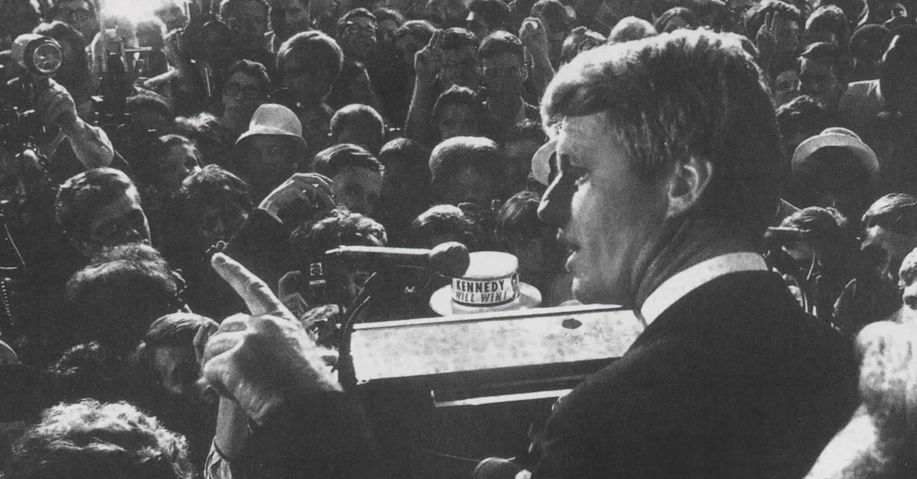The battle over what to do with the Ambassador Hotel in Los Angeles may finally be coming to a close.
Once a mecca for movie stars, European royalty and American presidents, the hotel, built on 23 acres on Wilshire Blvd., closed its doors in 1988. Its days of Hollywood glamour had been eclipsed by the 1968 assassination of Robert F. Kennedy.
Kennedy was shot while making his departure through the hotel’s pantry after delivering his victory speech in the California Primary in the Ambassador’s Embassy Ballroom. The tragedy was seen by many to be the turning point for the hotel, which from then on was associated with that fateful night. It went on to suffer a decline in popularity and then neglect by management.
The fight over what to do with the property, which was once owned by Donald Trump who wanted to turn it into a shopping center, has raged over the past 10 years. Conservationists wanted to see the Ambassador completely restored and declared a historic landmark, while others, including an American-Mexican group, said that a school was needed to serve mostly low-income students in downtown crowded neighborhoods.
After a highly-publicized legal battle over the development rights to the property, the Los Angeles Unified School District (LAUSD) acquired the hotel in 2001. It entertained various recommendations for the construction on the site and has held public hearings on its proposal which would raze most of the hotel, while preserving some of the historically significant architectural elements to be incorporated into the school’s design.
On October 12, after a four-hour, heated debate, LAUSD leaders approved the plan to raze the hotel and build a campus for 4,240 students on the site. The project will take nearly four years and carry a price tag of $318 million.
The action angered preservationists who argued that the 80-year-old hotel is a valuable cultural structure and a link to Hollywood’s past.
When it opened its doors on New Year’s Eve in 1921, the hotel’s Coconut Grove nightclub — infamously decorated with fake palm trees left over from the Rudolph Valentino movie The Sheik — immediately became the gathering place for celebrities such as Joan Crawford, Carole Lombard, Loretta Young and John Barrymore.
Bing Crosby and Merv Griffin began their careers performing at the club, and over the years, the Ambassador was also the site of many historic events. It was host to Academy Awards ceremonies throughout the 1930s and 1940s and every U.S. president from Herbert Hoover to Richard Nixon stayed in one of its 500 palatial rooms.
While the LAUSD decision angered those who fought to save the structure, friends and family of Senator Robert Kennedy were firmly behind the decision to build a school.
In a recent Los Angeles Times commentary, Kennedy’s son Maxwell suggested that his father, a champion for the working class, would be against using valuable and limited public funds to restore the hotel, saying “the best way to honor my father’s memory is to build the places he cared about and the places people need, not to perpetuate the ones that meant nothing to him.” ♦


Leave a Reply